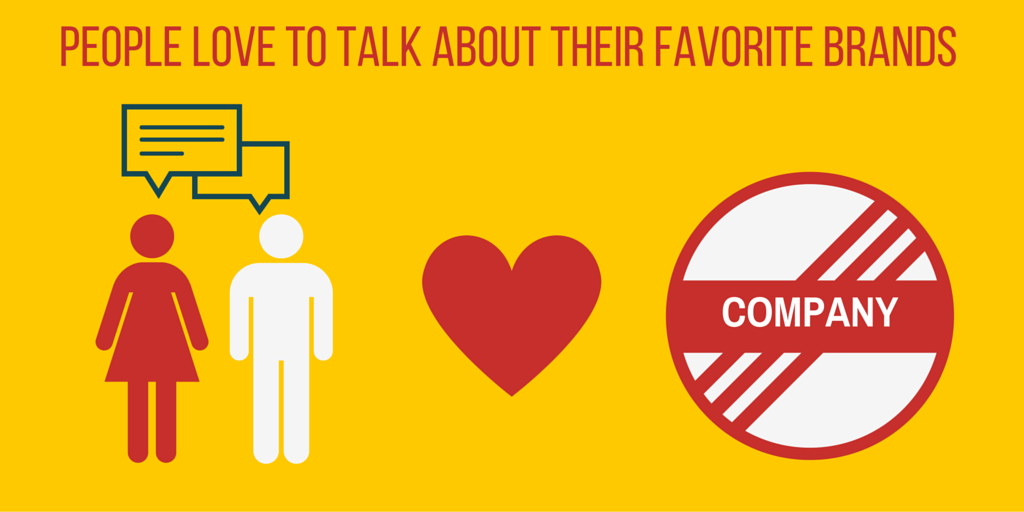“Marketing Automation” is on everyone’s agenda these days. This usually translates directly into “sending automated emails with a personalized message”. These emails get sent based on a trigger from the target audience. It’s an additional channel to the more mainstream 1-on-1 solutions for customer interaction such as email, direct email, telephonic sales,… And then there’s still the more traditional channels that need to be handled personally, like tv advertisements and leaflets.
Most companies have multiple people responsible for each separate channel. Which makes it a challenge to sync up each type of customer interaction. The outcome? An irritated customer, the contact pressure is simply too high.
An example: The end of the quarter is nearing and – this is a recognizable scenario for many companies – targets need to be met. It means that marketing and sales teams are going to increase their efforts. And – of course – all offers will be sent to the target audiences where the chances of success are highest. Thinking back on the focus for each marketing channel separately and not keeping in mind the entire mix, we see that a lot of these audiences are getting too much or (worse!) not enough information.
Imagine being a part of the first target group, it’s possible you:
- Get a sales rep at your door on Monday
- Receive a letter in your mailbox on Tuesday
- Get another letter, this time in your digital mailbox, on Wednesday
All from the same company! And with a bit of bad luck, all with a different offer…
You’ll have a hard time making customers happy with such a high volume of interaction. In fact, a study found that consumers often have a grudge against unsolicited marketing offers and that they will turn to “active avoidance” of brands when getting too much irrelevant offers. We also call this email fatigue and includes: unsubscribing, unfollowing, blocking, and deleting.
In the meantime, entire target groups are missing all kinds of attention, because their profile doesn’t fit the “success category”. Worst case: they don’t hear anything from you at all. There are some serious missed opportunities here! The trick is finding the right amount of offers that are acceptable to send out to your audiences, without overstepping any boundaries.
I mainly work for marketing teams that sell subscriptions. Especially for these marketers, it’s important that they initiate just the right amount of customer interactions. There’s a fine line between what’s enough and what’s annoying, with cancellations as a nasty result when that line is crossed.
If you keep too quiet, on the other hand, you’ll lose chances of cross-selling and get out of touch with what your customers really think of your brand. So we developed this method that helps us cope with the contact pressure we put on our customers.
To reach this optimal amount of contact instances, you first realize that there are multiple ways to reach out. Which all have their own amount of intrusiveness in the eyes of the receiver. And you should keep this in mind for the use of different channels and – for some companies – names of brands as well.
1. Type of communication: Service, editorial, commercial and calamity
Service messages can be sent on a more regular basis before they become irritating for a customer. The same rule goes for editorial content: a daily newsletter is fine. Commercial offers should be communicated with a bit more caution.
Last but not least, there is a special case called a “calamity message”. When you communicate this kind of message, you better make sure that no other outgoing messages are scheduled. Consider this: When all your servers are crashing, you shouldn’t follow up with an offer the next day.
2. Customer interaction channels
Of course, the channel you’re using to get in touch with customers has different levels of intrusiveness as well. A phone call from a call center, for example, will get there sooner than an email. A text message is much more intrusive than direct mail.
3. Multiple brands
A lot of companies approach the market for multiple brands. Think about KPN with its daughter company Telfort or publishers that own multiple titles. Keep the number of customer interactions in mind in this case too!
You can imagine that, when marketing campaigns of multiple brands from the same company aren’t adjusted to each other, they can start cannibalizing each other.
The solution
We found that, when figuring out the optimal amount of contact instances, a grading system works best. Every customer (all their brands included) get a virtual basket with a maximum number of points. Let’s say 25 points a month, for example.
By making a distinction between every type of communication, like described above, and allocating a number of points to that type we can start counting! A service email can be worth 2 points, whereas editorial content is 5, commercial offers are worth 10 points and calamities are 20.
This amount of points varies per chosen channel. For example, any of the above types of customer interaction takes up more points when communicated through a call center than via email. When your basket of points is full, the target audience should not be contacted anymore that month.
Interaction priorities
So the big question (the one that is always being associated with contact pressure) is: Which offer has the priority? What if the basket’s full?
A couple of things that we should take into account here is the impact on a customer and commercial impact. But sometimes less measurable factors are part of the mix, like brand experience or deals with external partners. Your own marketers should be able to decide which messages get priority status.
Why it works
Because of the grading system, discussions about priority start early on. Perfect! Because that means a more thought-through communication mix will begin to take form.
It’s easy to change the value that we allocate to a certain type of communication after a while. Or to give our basket more capacity (or less!). It comes down to making contact pressure an item on the agenda for customer interaction, to tackle it proactively rather than waiting for a customer to complain about it.

Want to know more?
Subscribe to our newsletter and get hand-picked articles directly to your inbox


